Cars have evolved through the years, going from this:
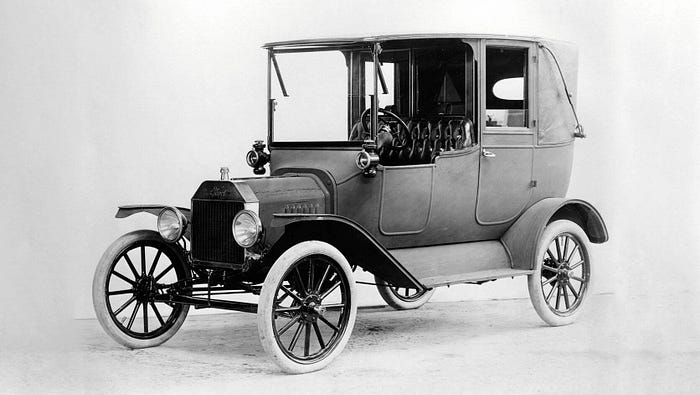
to this:

Gasoline
Gasoline is the most common type of fuel used in cars today and is made from crude oil. Crude oil is a mixture of hydrocarbons that exists in the liquid phase in natural underground reservoirs. Hydrocarbon is a compound of hydrogen and carbon.
Because of the adverse effects of gasoline emissions, California will ban the commercial sale of gasoline cars in 2035, which will significantly reduce fossil fuels.
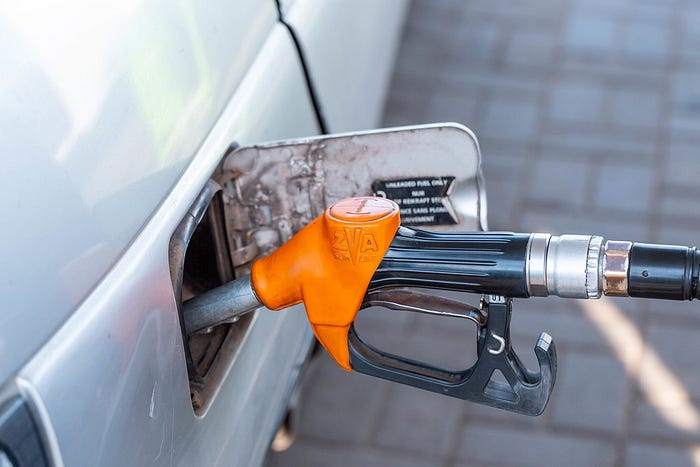
Diesel is also extracted from crude oil. It is different from gasoline because it requires more heat to ignite. Diesel fuel is also denser and has a higher energy content than gasoline. It is often used in heavy-duty vehicles like buses and trucks because diesel engines are more fuel efficient and tend to last longer than gasoline engines.
You might be wondering why diesel isn’t used in standard cars. Well, diesel produces more emissions in the form of mainly nitrogen oxides. For this reason, diesel is only used in trucks and buses because it allows for more torque, which these vehicles need while cars don’t.
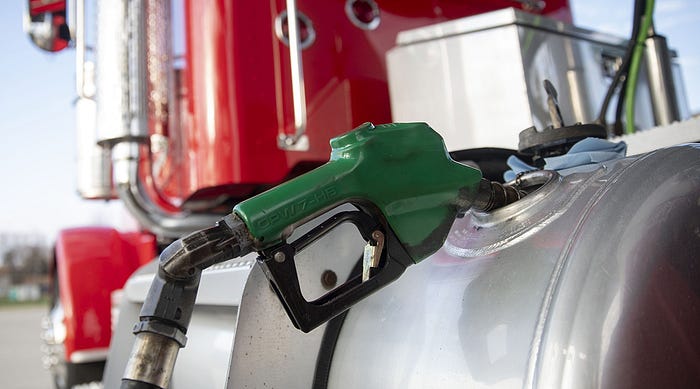
Biodiesel
As you can guess from the name, Biodiesel is a semi-cleaner version of diesel. It is made from plant materials, animal fats, or recycled cooking oil. It can be used as a direct replacement for traditional diesel fuel in diesel engines or blended with diesel fuel in any proportion.
Biodiesel has several advantages over traditional diesel fuel. It is renewable and can be produced from a wide range of feedstocks, which makes it more environmentally friendly and reduces our reliance on fossil fuels. Biodiesel has also been shown to reduce emissions of certain pollutants, such as carbon monoxide and unburned hydrocarbons (hydrocarbons emitted after petroleum is burned in an engine), when used in place of traditional diesel fuel. Biodiesel is used in the same automobiles as standard diesel.
Why is biodiesel not more widely used than diesel if it’s so clean? Biodiesel is more expensive than diesel making it less economically competitive. Biodiesel is also more sensitive to temperature changes, which can make it harder to transport.
Ethanol
Ethanol is an alcohol that is mixed with gasoline to create E85 fuel, or “gasohol”. It is made from corn, sugarcane, or other plant materials and is considered to be a renewable fuel. E85 is used in flexible fuel vehicles in which 85% of ethanol and 15% gasoline. An example of a flex-fuel vehicle is the Chevrolet Silverado.
However, ethanol has a lower energy density level having approximately 2/3 the amount of energy that traditional gasoline has.
Natural Gas
Natural gas is a fossil fuel that is formed from the remains of dead plants and animals. It is composed mainly of methane and smaller amounts of other hydrocarbons such as ethane, propane, and butane. Natural gas is an appealing fuel source because it is abundant, inexpensive, and produces fewer greenhouse gas emissions than other fossil fuels when burned.
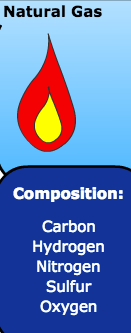
Electricity
Electric Vehicles, or EVs, run on electricity. Believe it or not, the batteries of most electric cars contain lithium ions! That’s right, the battery used to power your Xbox controller also powers electric cars.
Electric cars are cleaner than gasoline but not 100% green. The electricity that is used to charge the batteries is often generated from fossil fuels such as coal, natural gas, or oil. This means that while electric cars do not produce emissions directly, the power plants that generate the electricity to charge the batteries do produce emissions.
Another problem with electric cars is that disposing of electric vehicle batteries can be challenging for several reasons. One reason is that electric vehicle batteries contain hazardous materials such as heavy metals, which can be harmful to the environment if not disposed of properly. The batteries are also bulky, meaning scrapping them is more difficult. Another challenge is that the market for recycled electric vehicle batteries is still relatively small. This means that many used electric vehicle batteries end up being stored in warehouses, taking up space and potentially posing a risk of fire or other hazards.
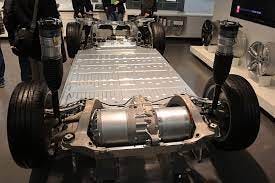
Scientists have discovered a material that can replace Lithium in batteries. The material is called Chitosan and can be extracted from crab shells. Many batteries use flammable or corrosive chemicals. The new study has found a gel electrolyte called Chitosan for the batteries. And yes, you guessed it. Chitosan is found in Cretacean exoskeletons. Chitosan is biodegradable (capable of being decomposed by bacteria or other living organisms.)

Hydrogen
Hydrogen is a clean-burning fuel that can be used to power fuel cell vehicles. The fuel cell converts hydrogen’s chemical energy into electricity through an electrolysis process, which combines hydrogen and oxygen to produce water and heat. The electricity produced by the fuel cell powers an induction motor, which drives the wheels of the vehicle. Hydrogen fuel cell vehicles are more efficient as they convert up to 60% of the energy from the hydrogen into power compared to 20% from gasoline engines (fun fact: 1 gallon of gasoline has enough power to charge an iPhone for 20 years). They also produce no emissions, the only byproduct of the reaction being water.
Even though Hydrogen is a viable fuel for future cars, such cars are more expensive to produce, and there isn’t enough infrastructure to distribute hydrogen fuel. After those issues are fixed, I think hydrogen fuel cars can replace electric cars.
The Future of Fuels
These days, cars run on different types of fuels like gasoline, electricity, and hydrogen. Some forms of fuel are cleaner than others like Biodiesel and Ethanol, but electricity and hydrogen are greener. Electricity still isn’t fully nonpolluting. The electricity used to charge cars is achieved through burning fossil fuels, making hydrogen the cleanest fuel source. Hydrogen fuel cell vehicles have not been perfected yet, but after they are, Hydrogen and Chitosan batteries will be the future of automobiles.


